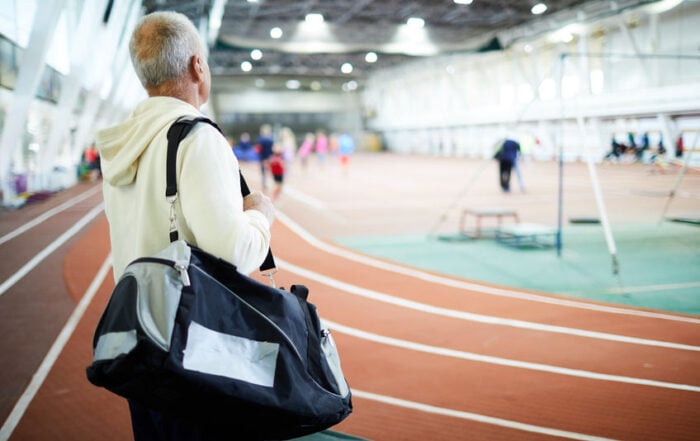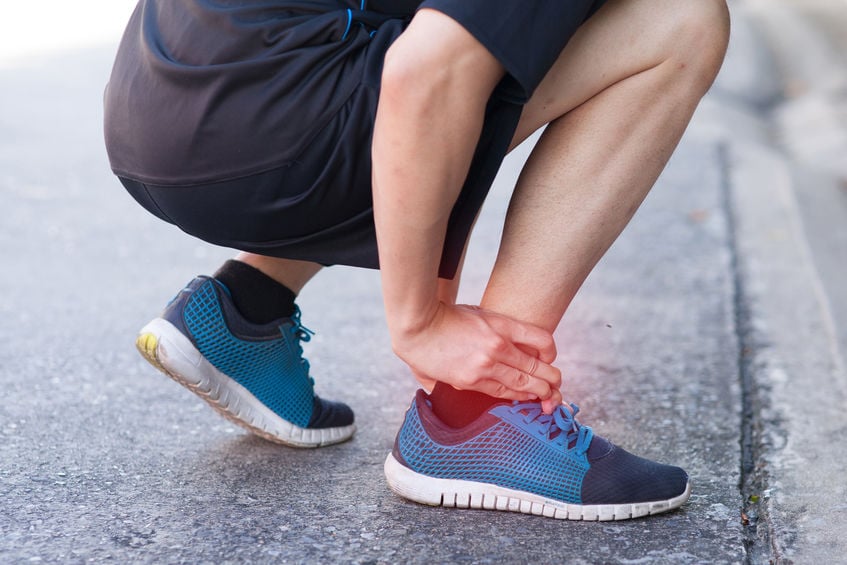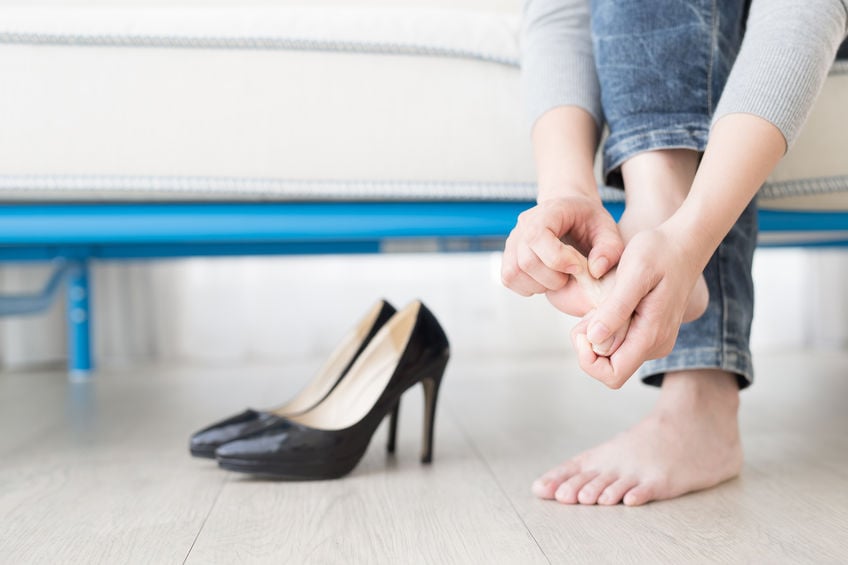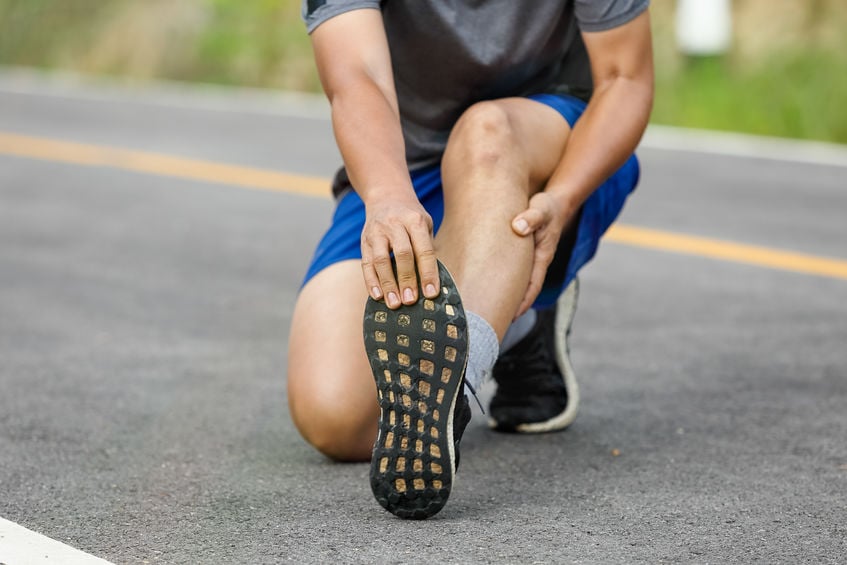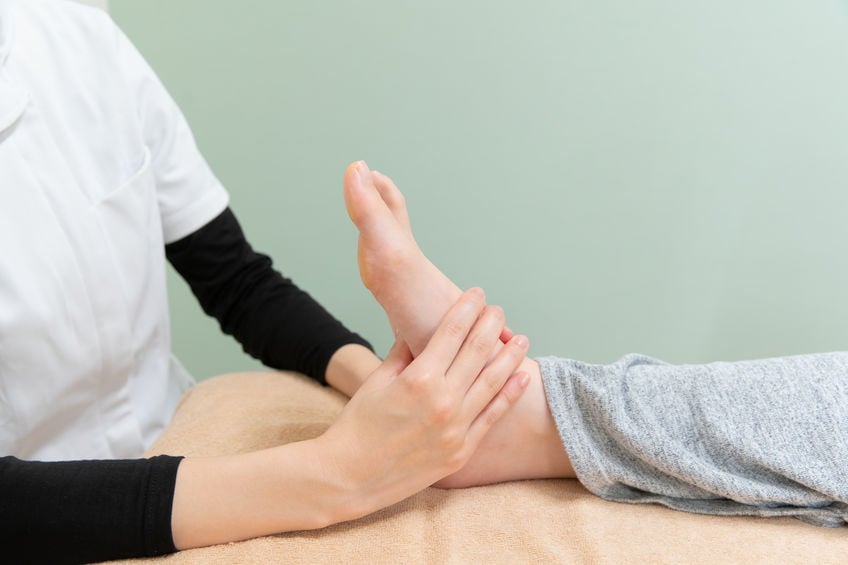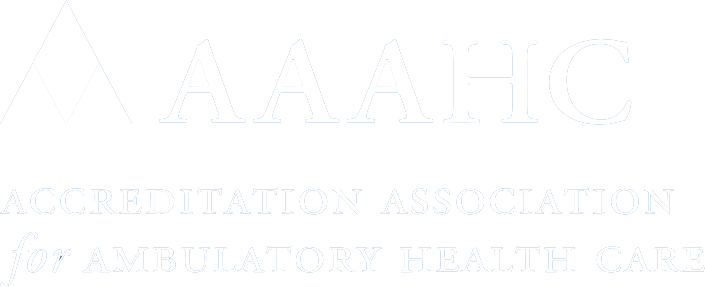Healing A Damaged Achilles
The Achilles tendon is the biggest and strongest tendon in the body. This large tendon connects the calf muscle to the heel and gives the legs explosive power. Without the Achilles, running, jumping, and even walking would be impossible. Particularly in sports, the Achilles can rupture, impacting thousands of athletes. An Achilles tendon repair can help, but the process must be followed by extensive physical therapy.
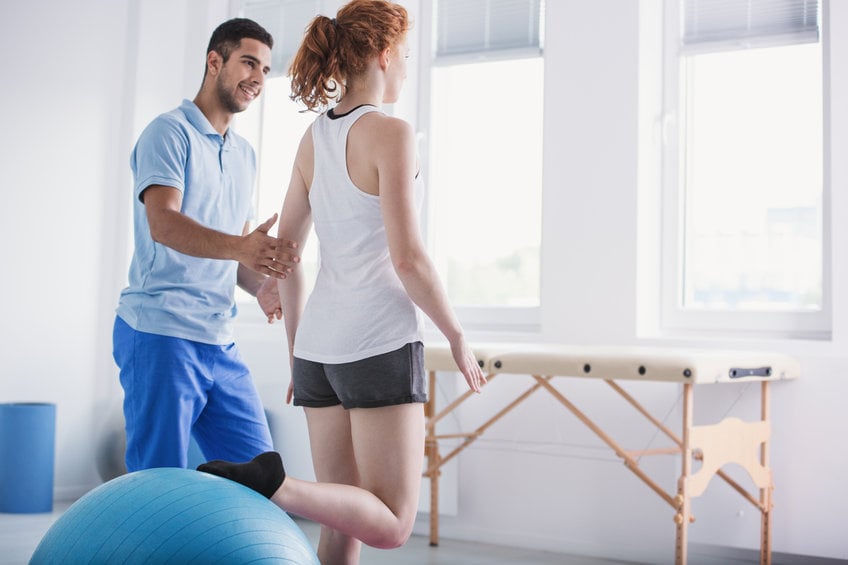
Signs and symptoms
A sudden force, twist, or blow can cause a partial or complete tear. With age, repeated stress can also cause degenerative damage. In both cases, patients experience swelling, pain, and discomfort near the heel. Athletes often hear a pop in the lower heel for an acute injury before the pain and swelling. Bending the foot downward or placing weight on the heel will be near impossible.
It's time for repair
Most patients are candidates for minimally invasive surgery using small buttonhole incisions. The surgeon inserts a scope with a camera and light at the end. From there, the surgeon can use another small incision to insert tools to repair the tendon. The tendon is reattached to the heel, or parts of the degenerated tissue are removed. A donor's tendon is necessary to replace or strengthen the damaged Achilles in severe cases. The surgical site is closed with stitches, and the patient leaves the same day.
The road to recovery
Surgery is just the start. A good recovery regimen, including physical therapy, is crucial for recovery. A ruptured Achilles severely limits movement and requires a lengthy recovery, often 6 months or more. Immediately after surgery, the injured foot goes into a protective boot. For the first 2 weeks after surgery, both doctor and patient will focus on protecting and healing the wound.
Starting physical therapy
At the 2-week mark, the surgeon will assess the surgery and remove the stitches. If the surgical site is healing well, the doctor will approve physical therapy. The foot will stay in a special boot between treatment to keep the ankle and foot slightly elevated. Physical therapy starts with gradual, non-weight-bearing exercises and massage. The patient will also receive light exercises to strengthen the core, knees, and hips.
Stepping things up
After 4 weeks, the physical therapy will involve placing gradual weight on the leg. The walking boot is also adjusted so the patient can walk short distances. From 4-8 weeks, the physical therapy involves strengthening the calf muscles, hamstring, and core. Further exercises will help stabilize the ankle and help with the range of motion.
Removing the boot
Exercises increase in intensity leading up to the 3-month mark. Short walks or a stationary bike is possible based on the patient's progress. The physical therapist will focus on restoring the patient's gait. At this point, the patient should have a full range of motion and can gradually return to low-impact activities.
The end of the road
Between 3 to 6 months, the physical therapist will help strengthen and stabilize the leg. Most exercises will include walking on treadmills, elliptical machines, and sports-specific movements. Running, pivoting, or weight-bearing activities are all based on the individual's fitness level. A torn Achilles recovery tune varies from person to person. Building a solid relationship with the doctor and physical therapist team is essential to a full recovery.
Can Lower Back Pain Return After Spinal Surgery? 3 Lifestyle Changes To Get The Most Out Of Fusion
Minnesota Valley Valley Center2024-04-02T14:49:38-05:00April 15th, 2024|
Spinal surgery is an excellent solution for lower back pain, but symptoms can return. With lifestyle changes, patients can get the most out of fusion.
A New Lease On Life: Exploring How Robotic Total Joint Replacement Can Get You Active Again
Minnesota Valley Valley Center2024-03-24T17:38:47-05:00March 29th, 2024|
Robotic total joint replacement uses a robotic arm to replace the joint. This innovative approach allows a quick return to activities.
Restoring Dexterity: How Outpatient Carpal Tunnel Surgery Can Change Your Life
Minnesota Valley Valley Center2024-03-24T17:38:37-05:00March 15th, 2024|
After months of wrist and hand pain, carpal tunnel surgery may be needed. With outpatient options, restored dexterity with less pain and discomfort is possible.
More Articles from MVSC
December 14, 2023
Ankle pain is common, but sometimes arthritis is at play. An orthopedic surgeon may recommend subtalar fusion for patients.
November 28, 2023
Is bunionectomy a solution for foot pain caused by bunions? Learn about surgical and non-surgical options before a decision.
September 26, 2023
An Achilles tendon recovery timeline can be long and grueling. With rest and physical therapy, patients can see faster results.
September 19, 2023
Big toe arthritis can cause severe discomfort if left untreated. Hallux rigidus repair can provide extensive relief for patients.


